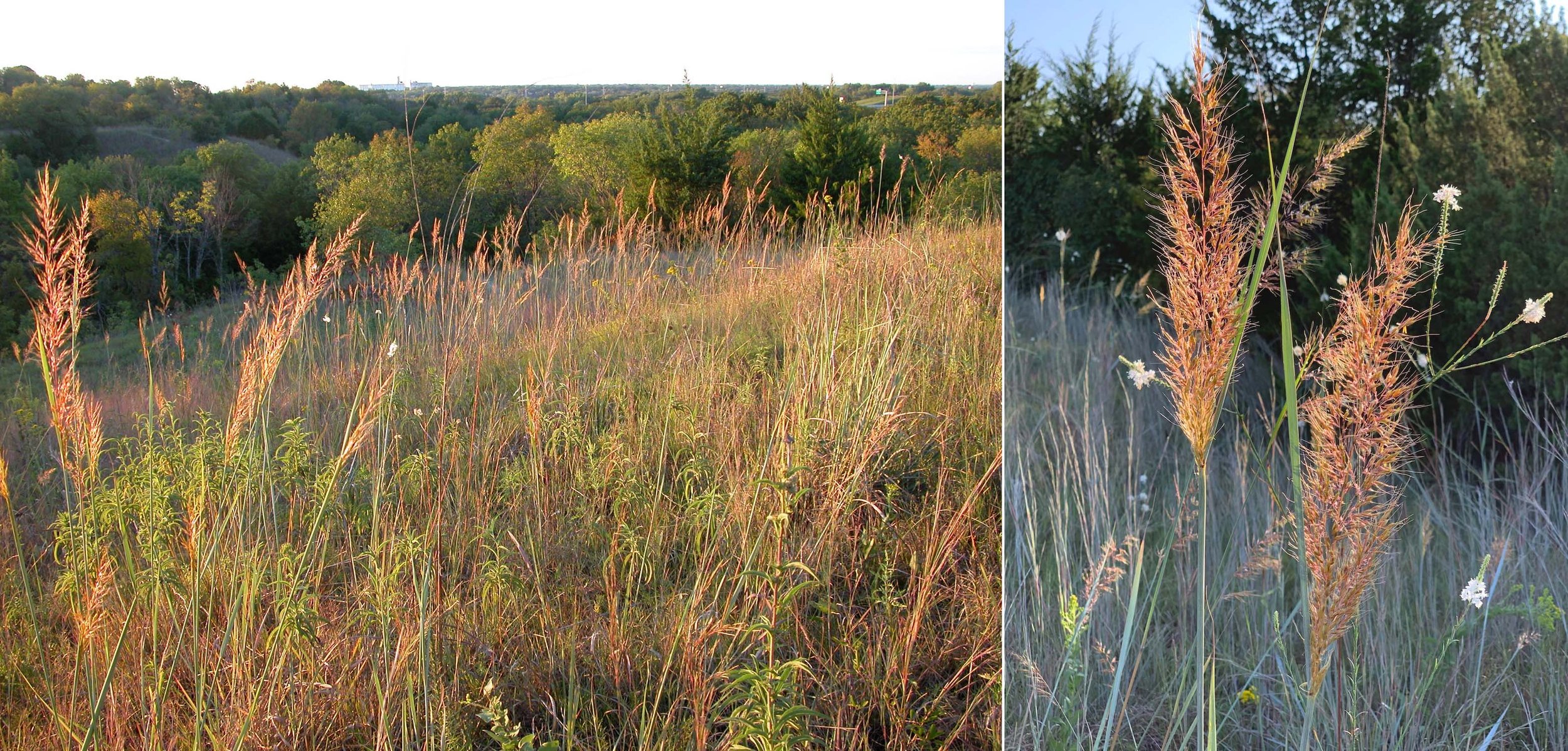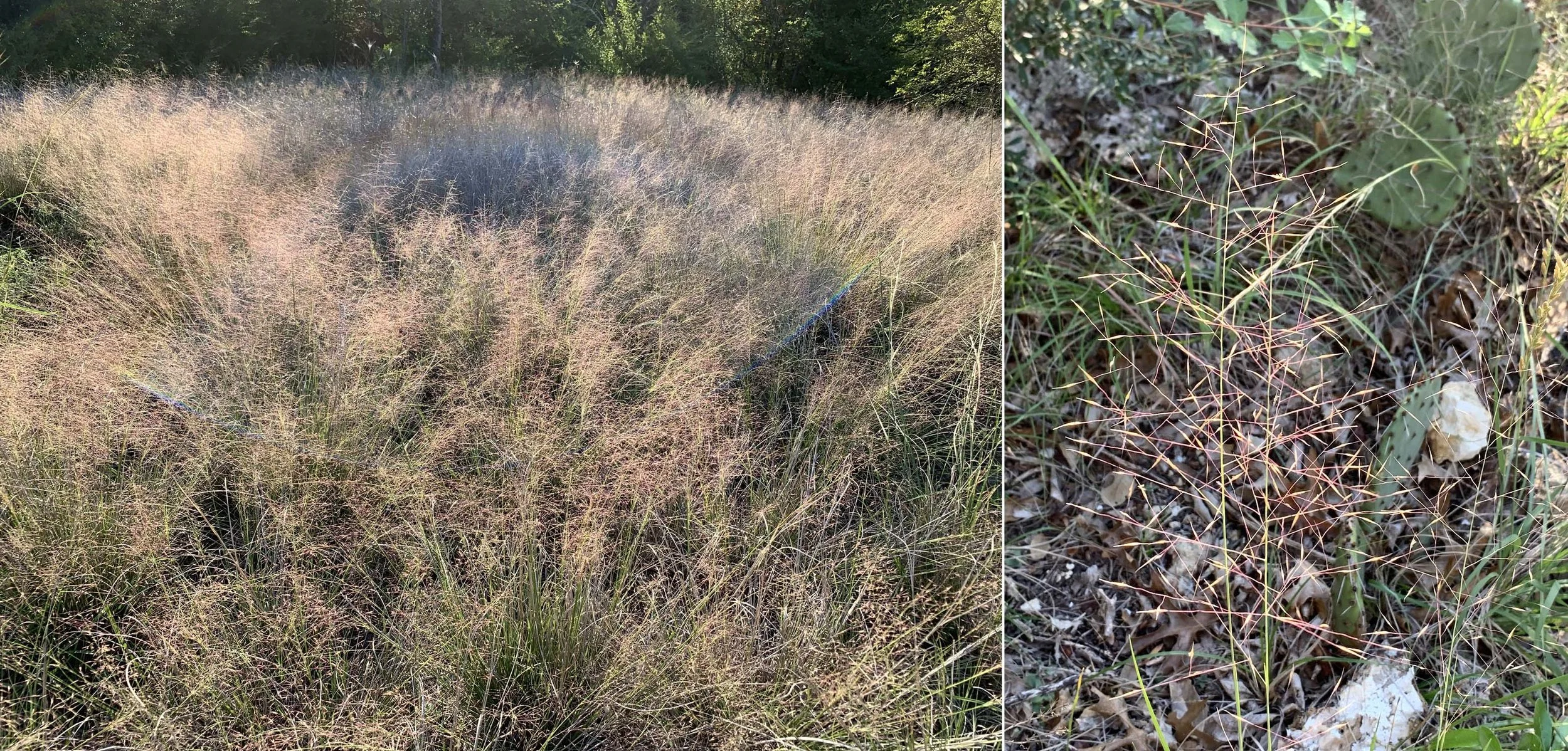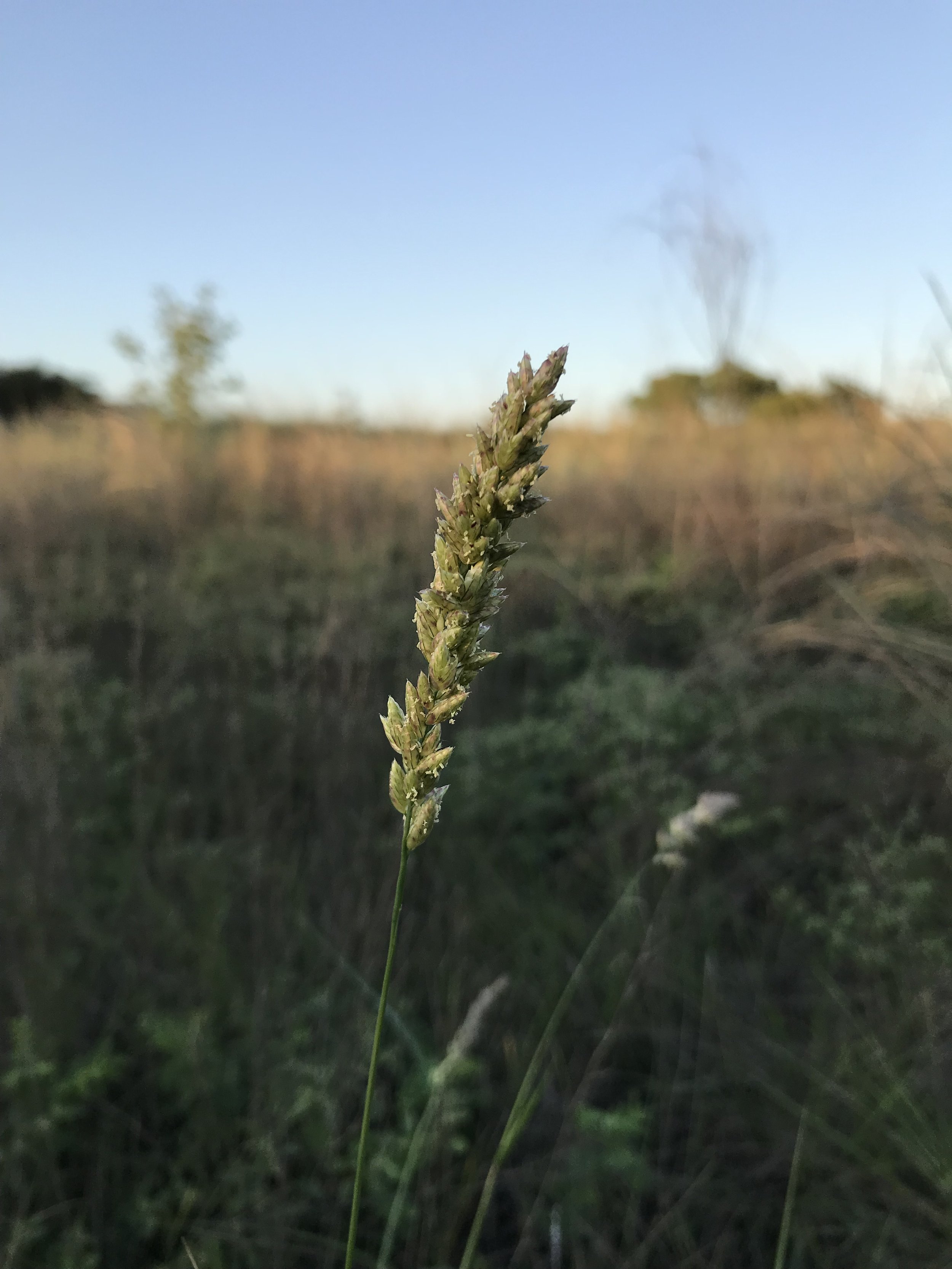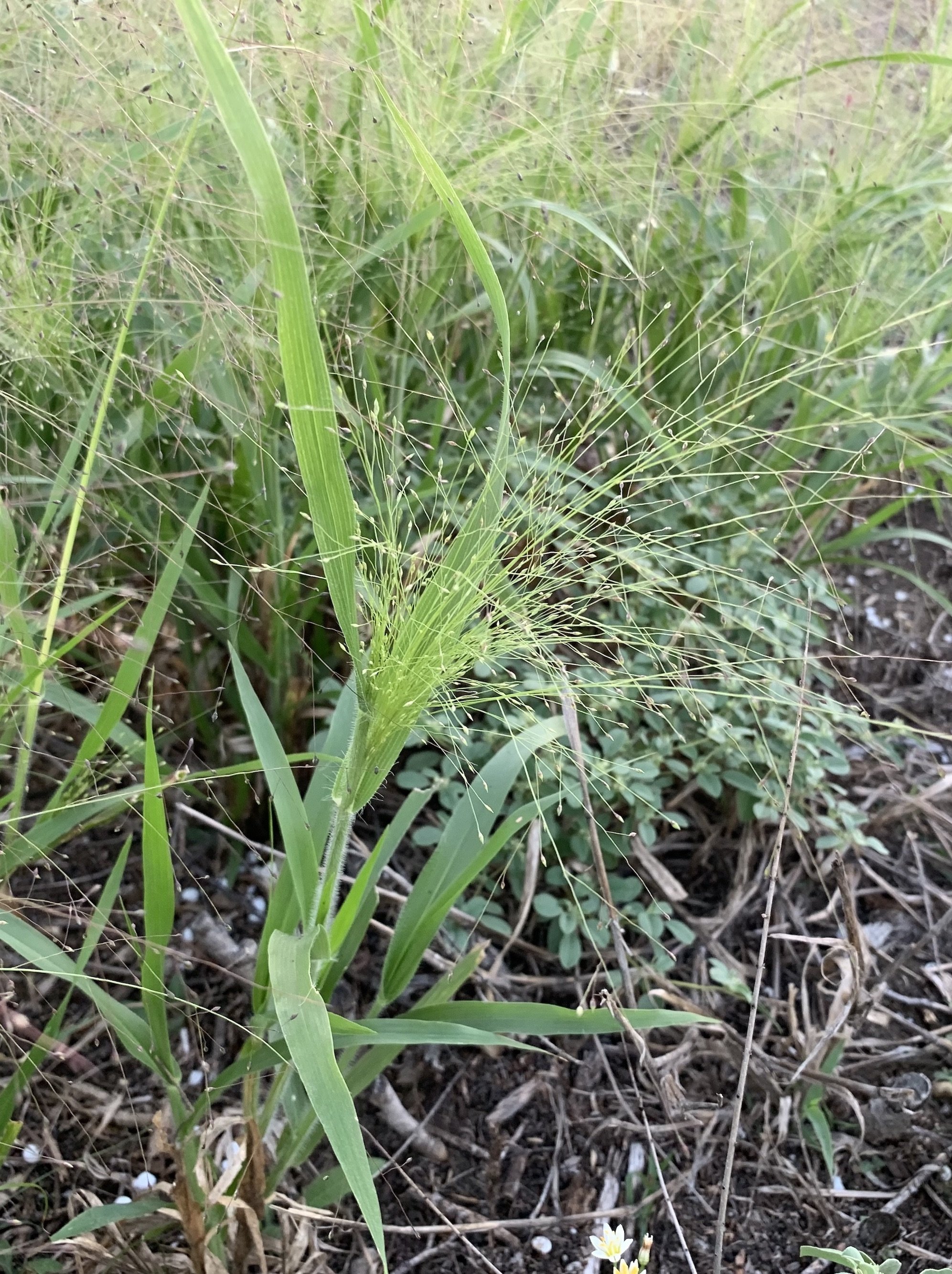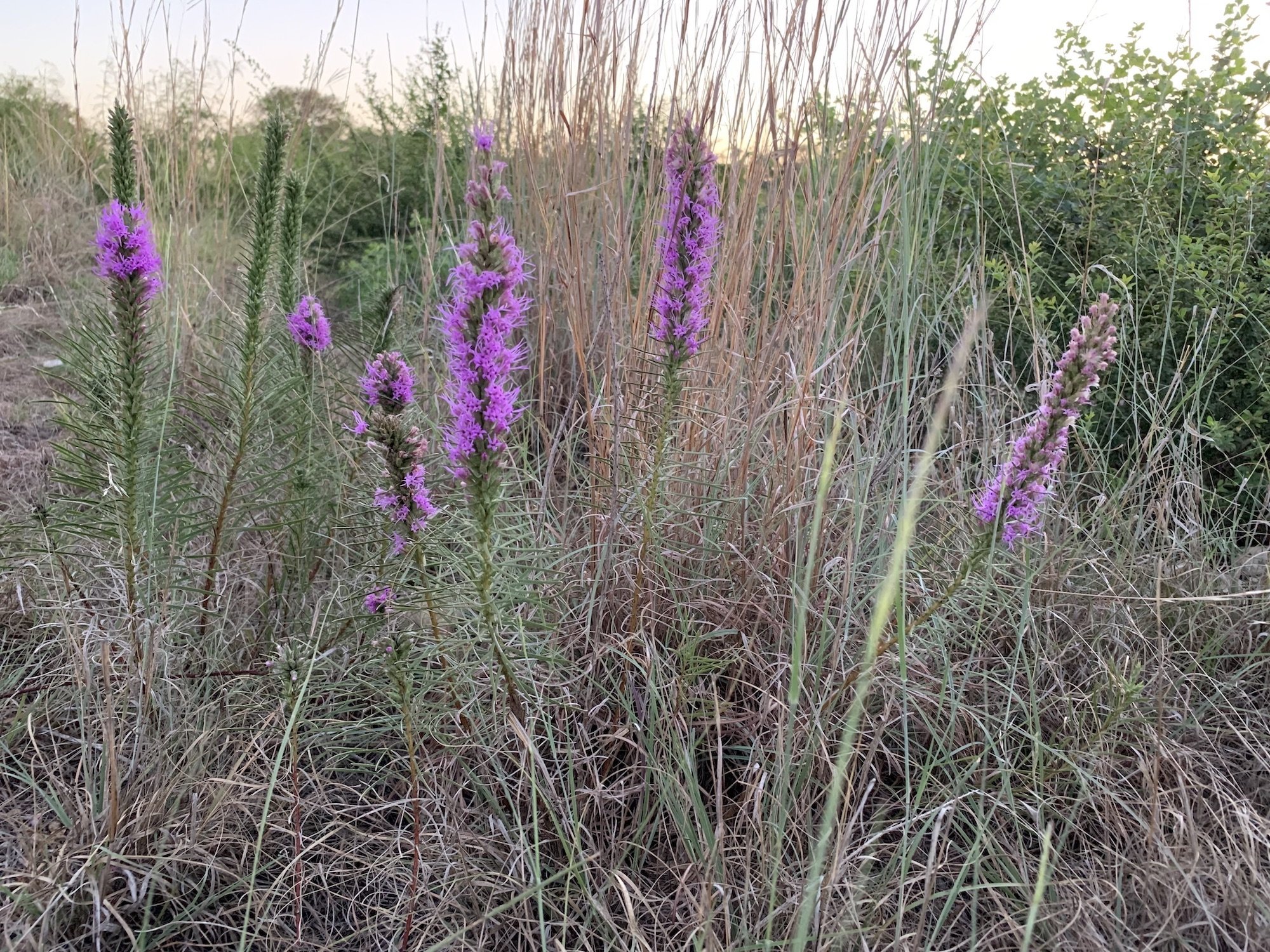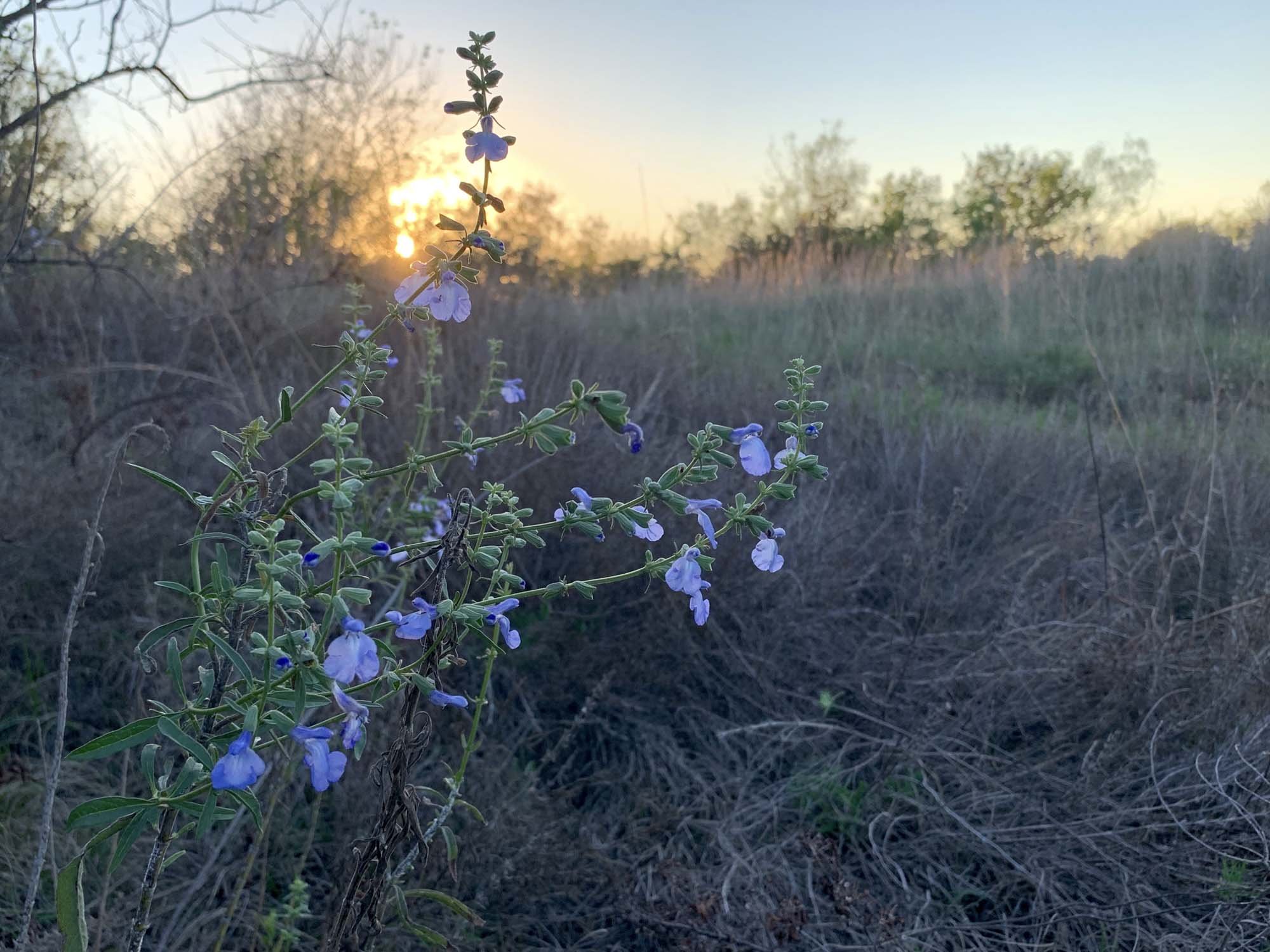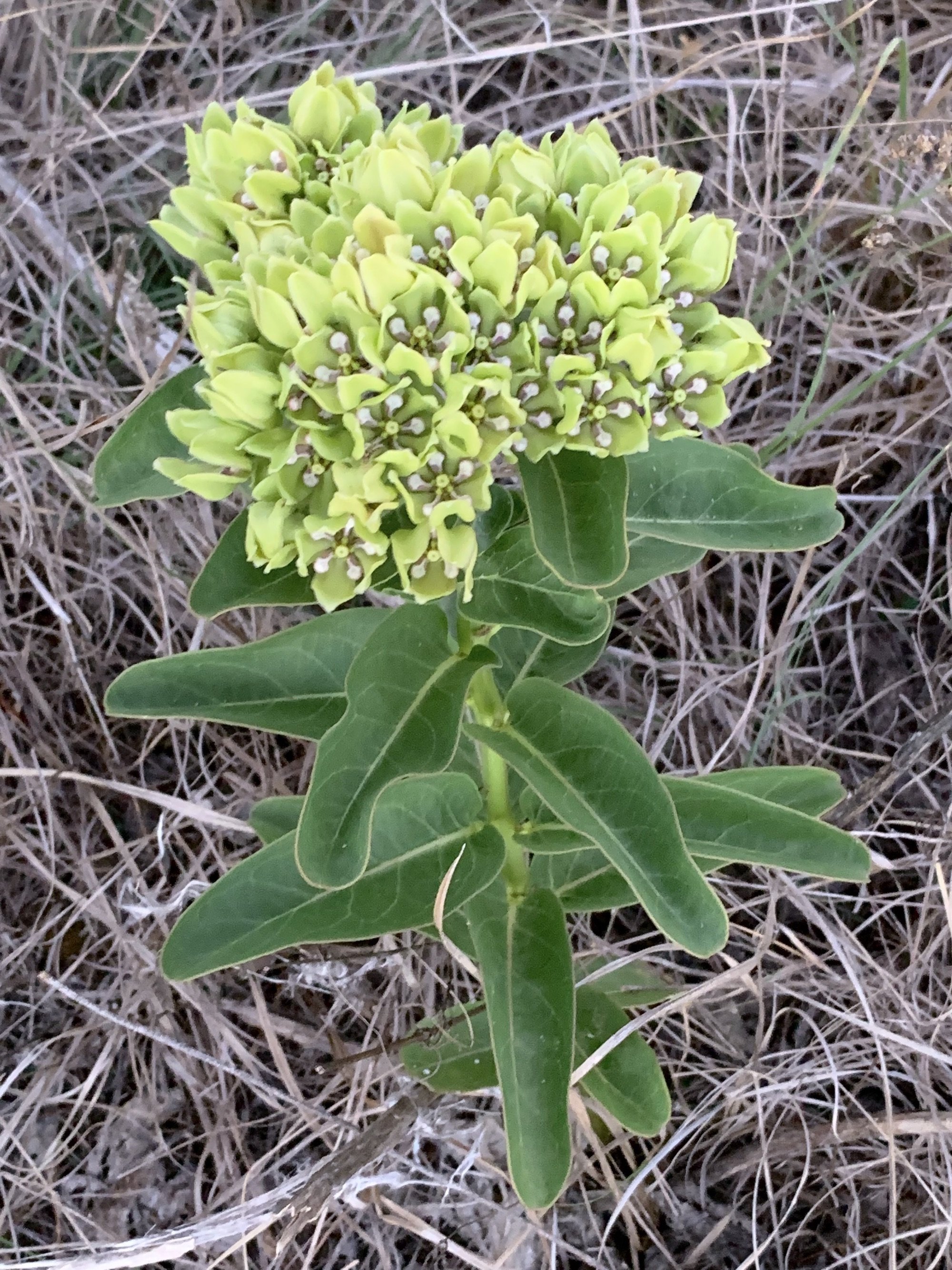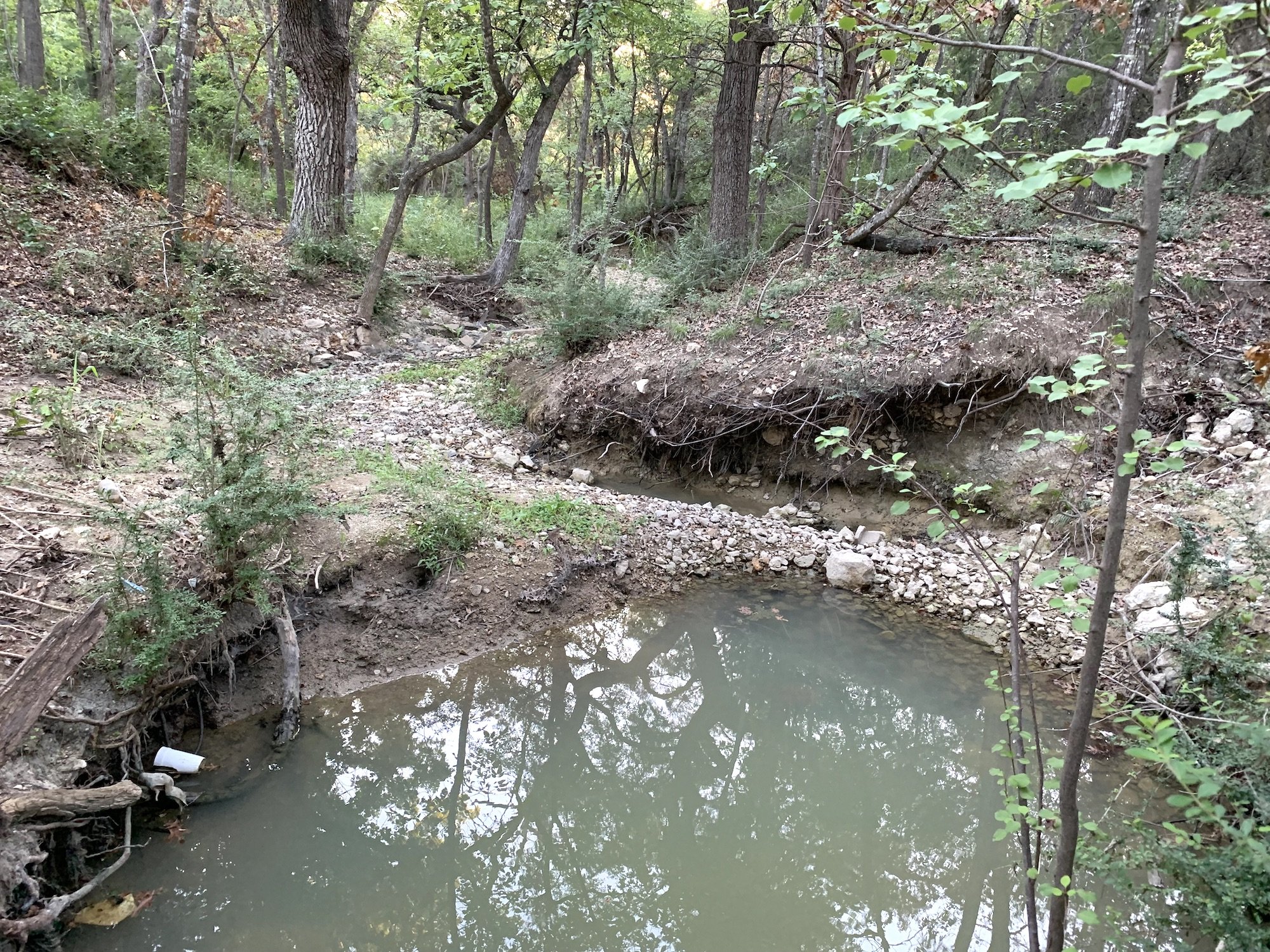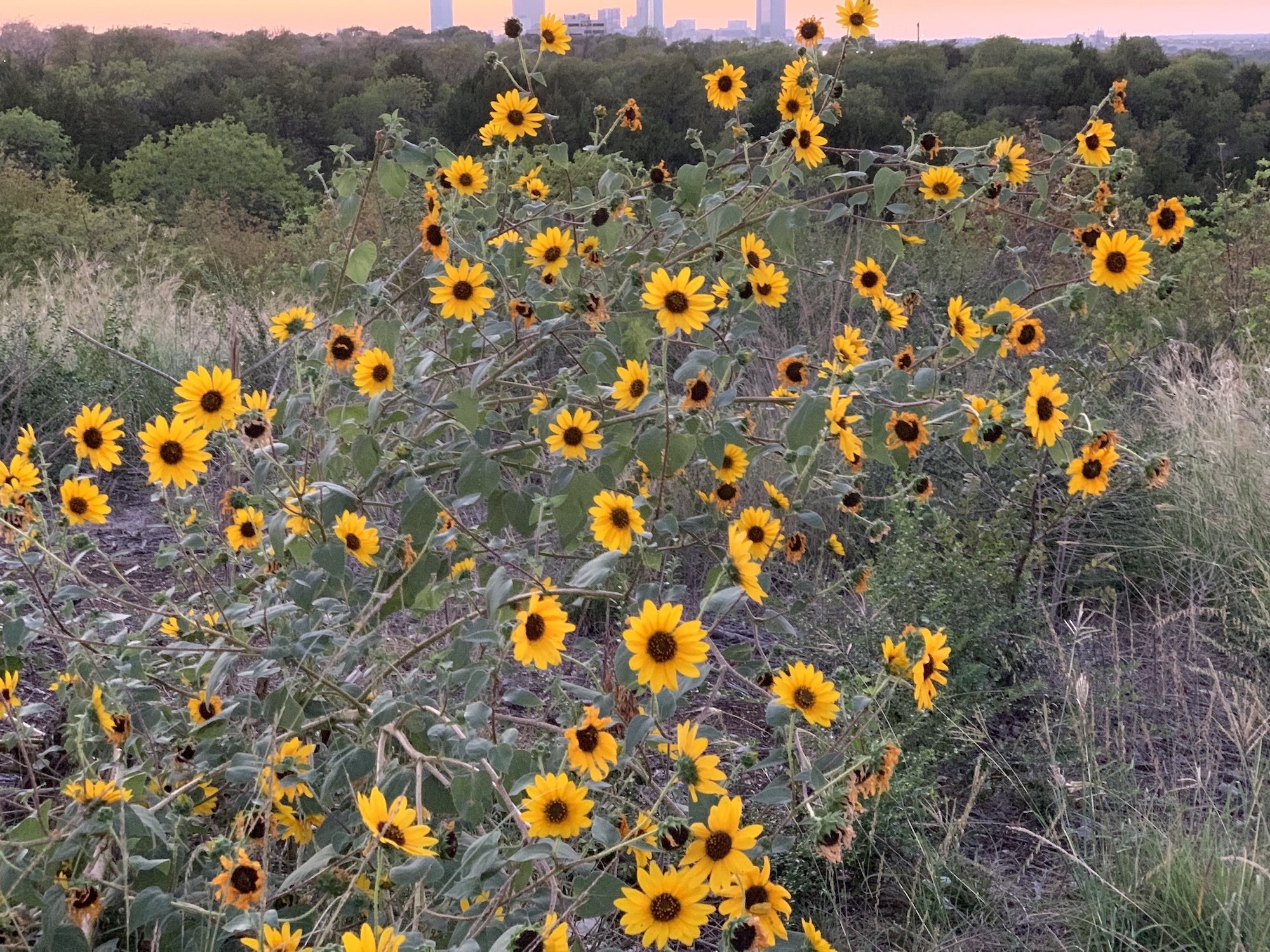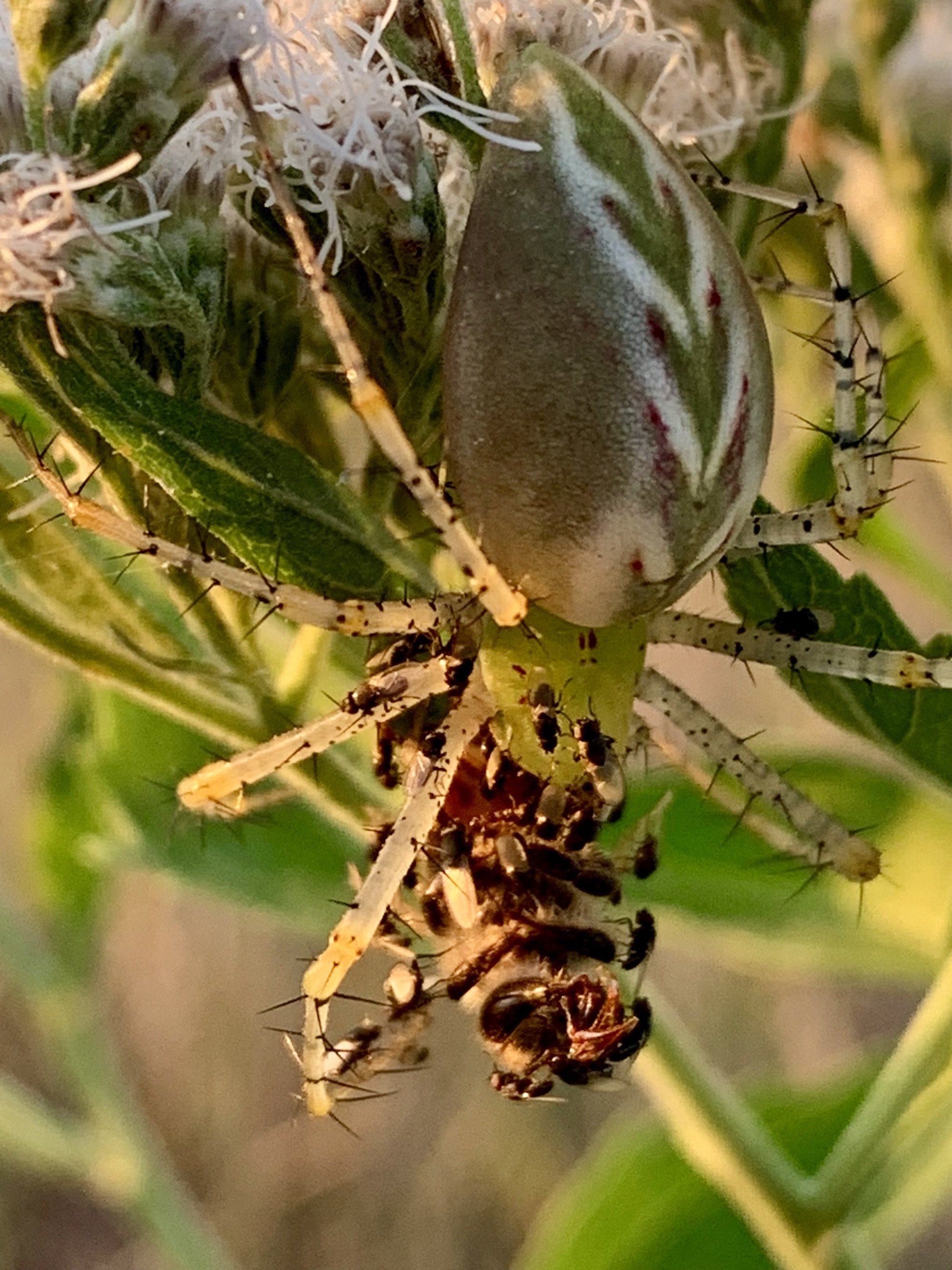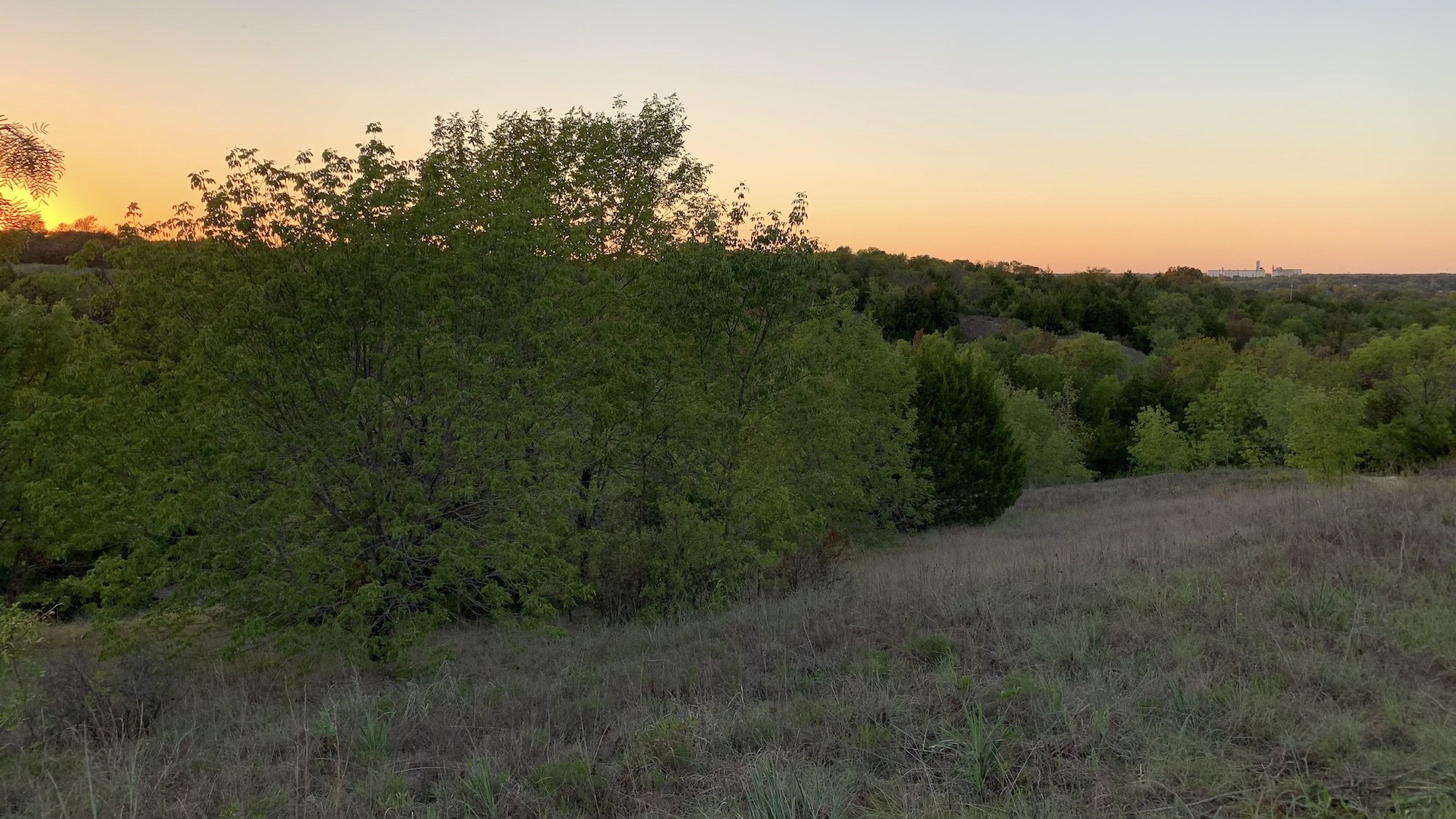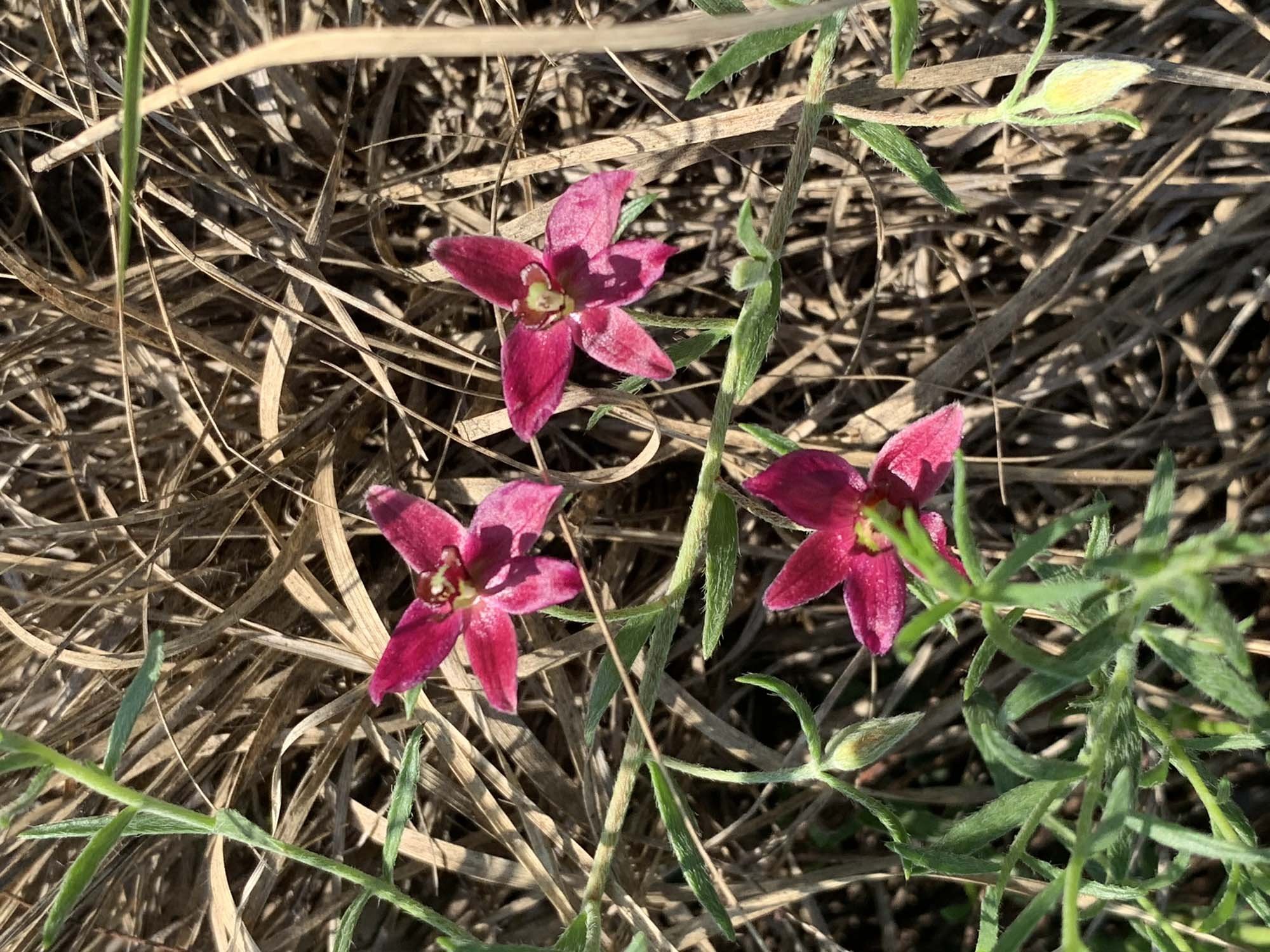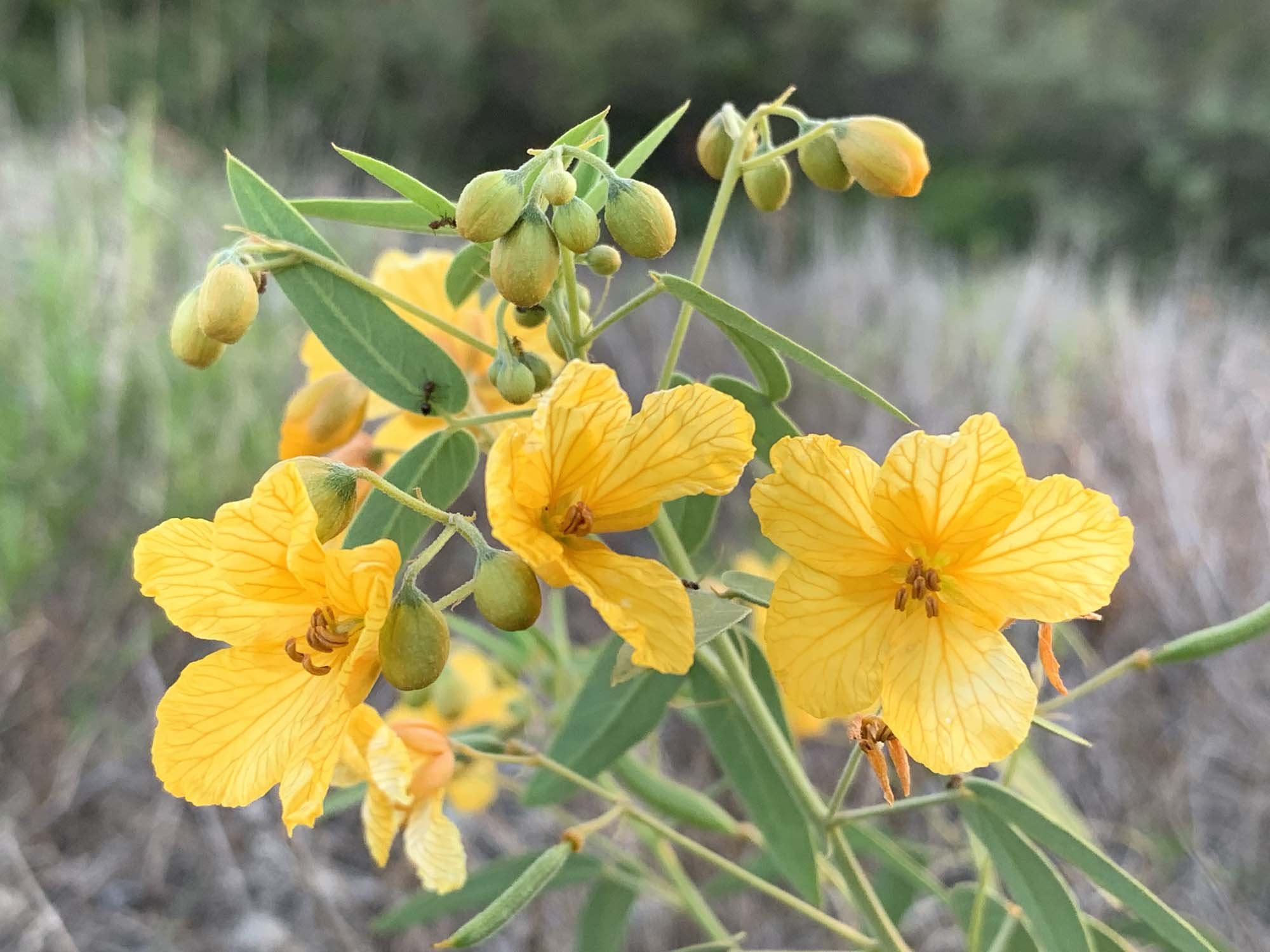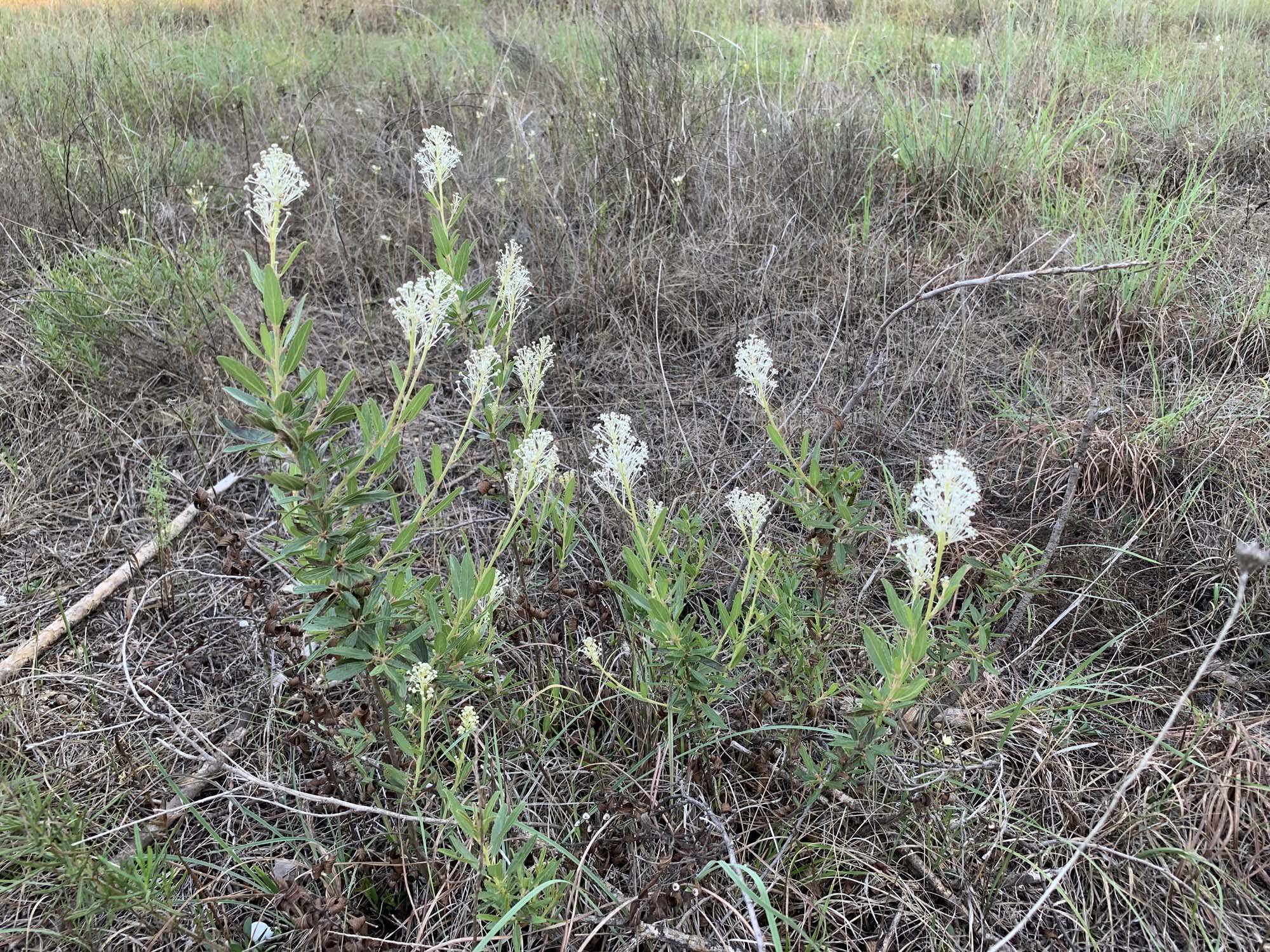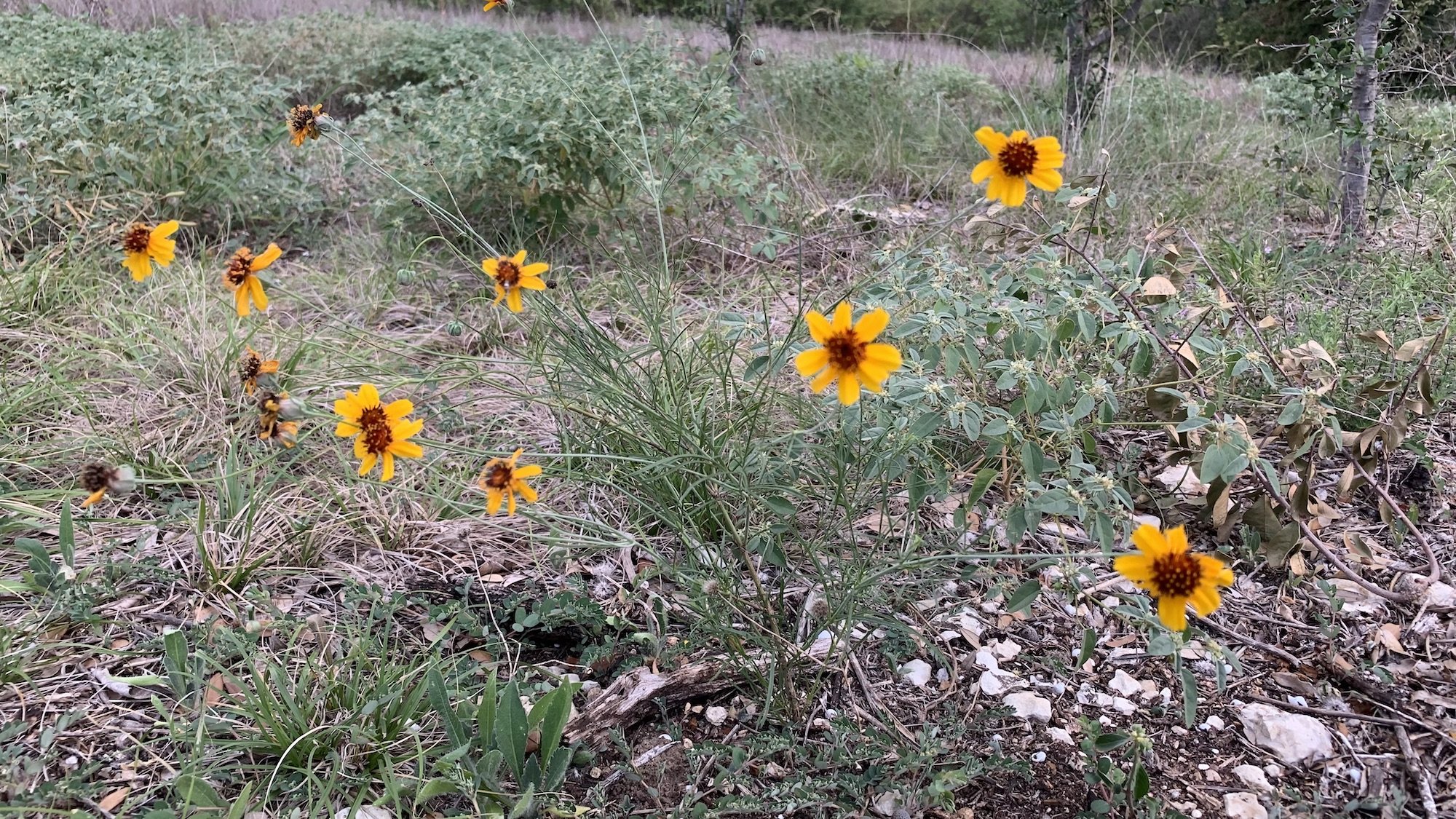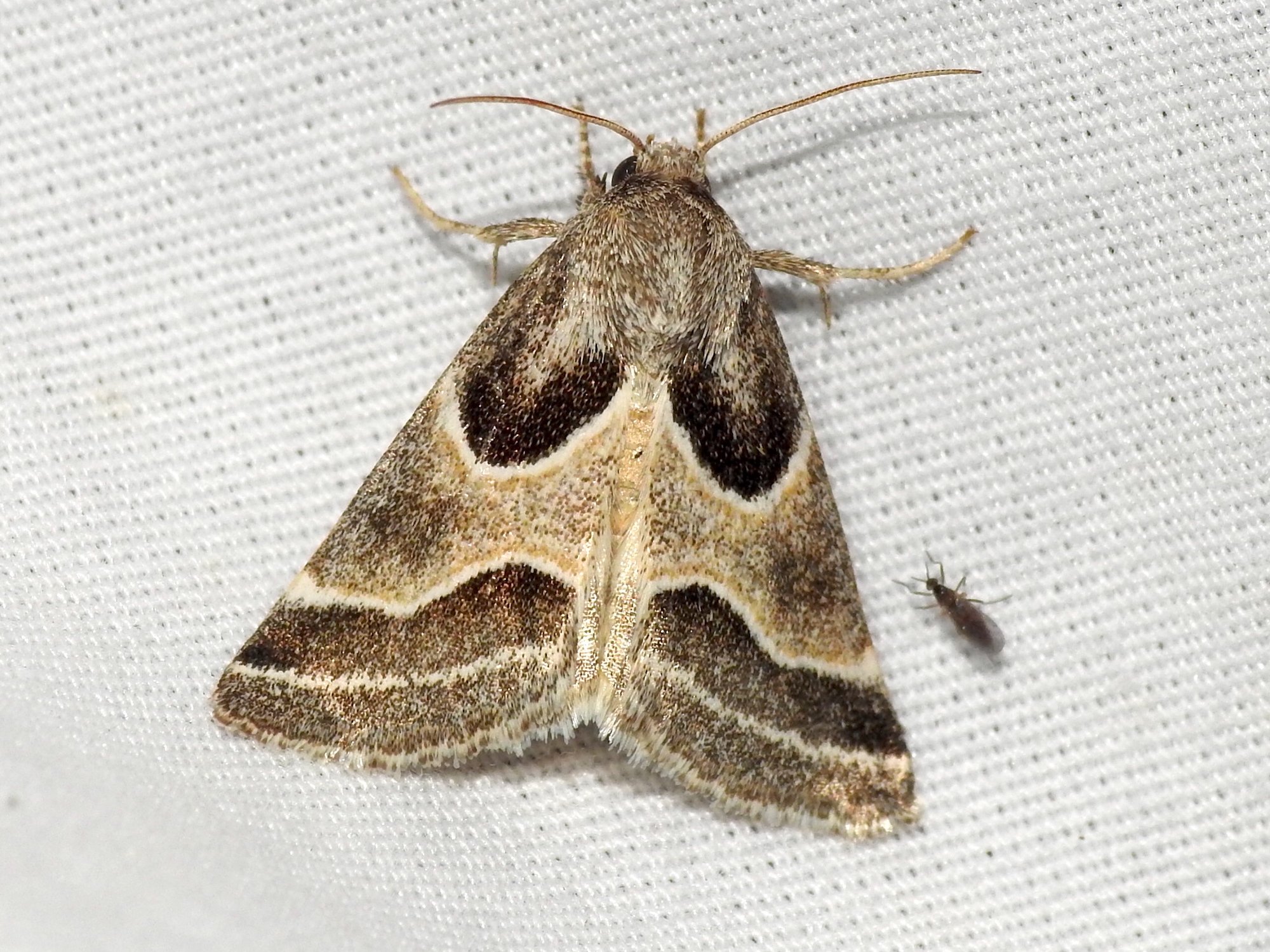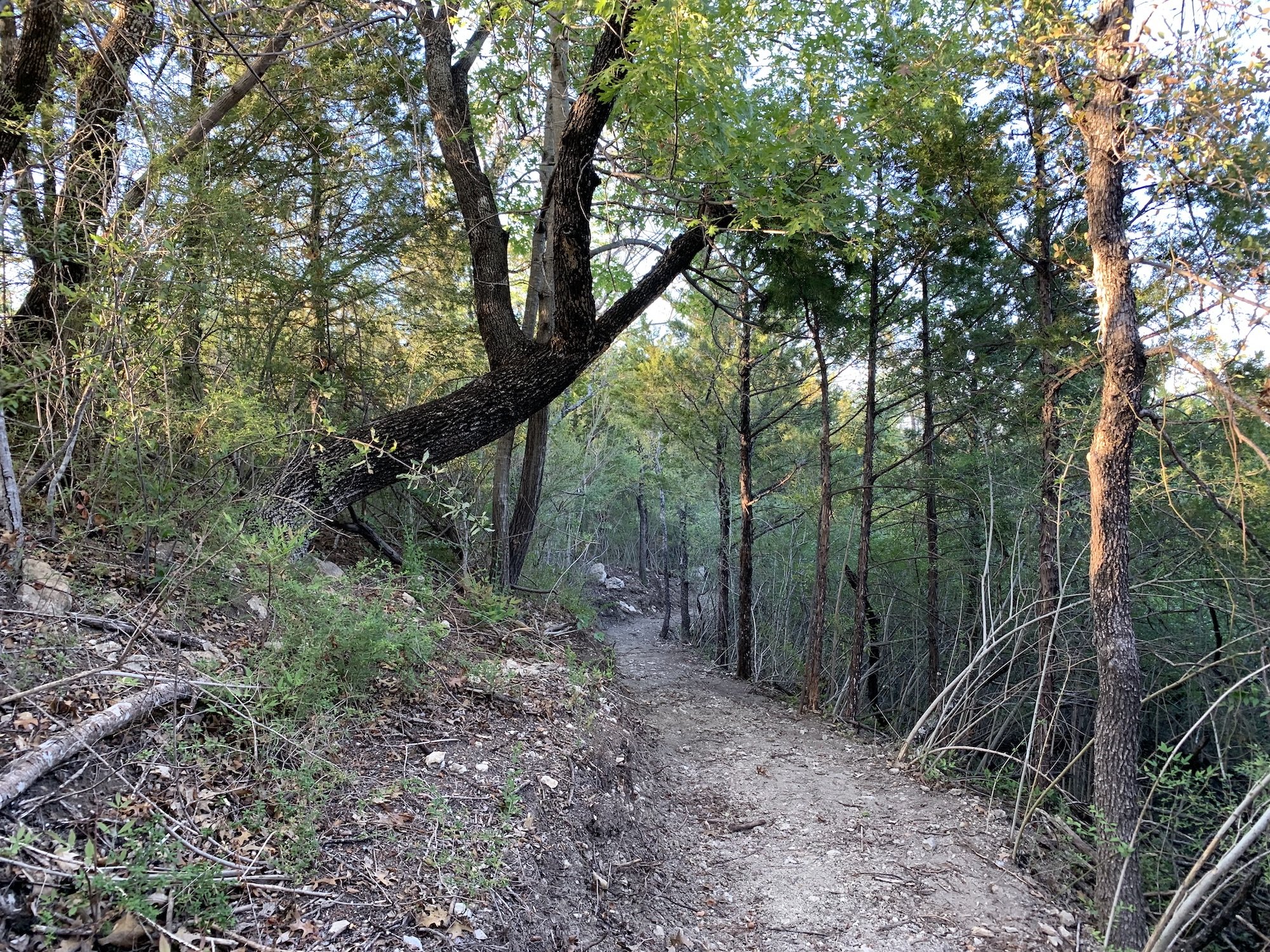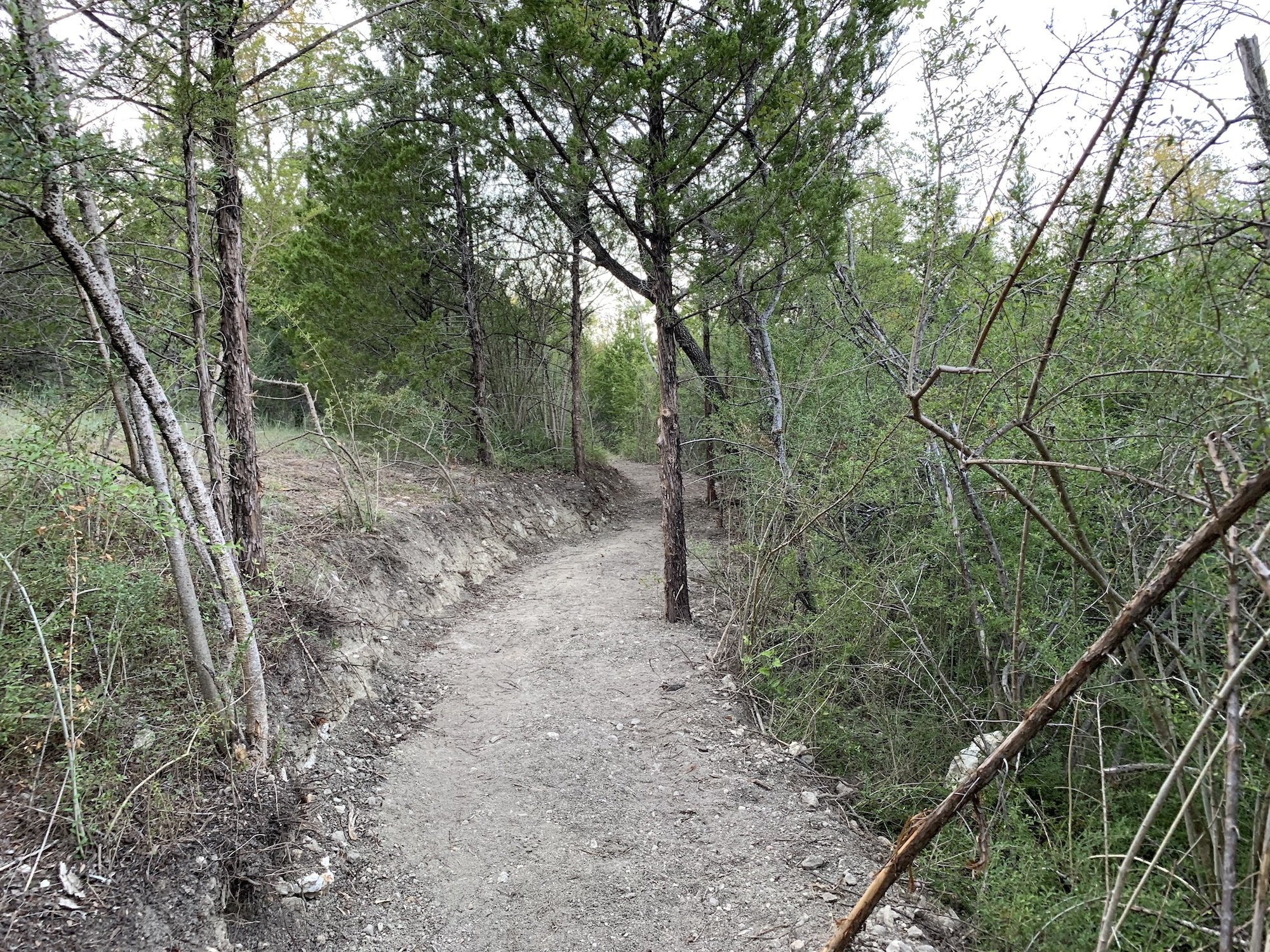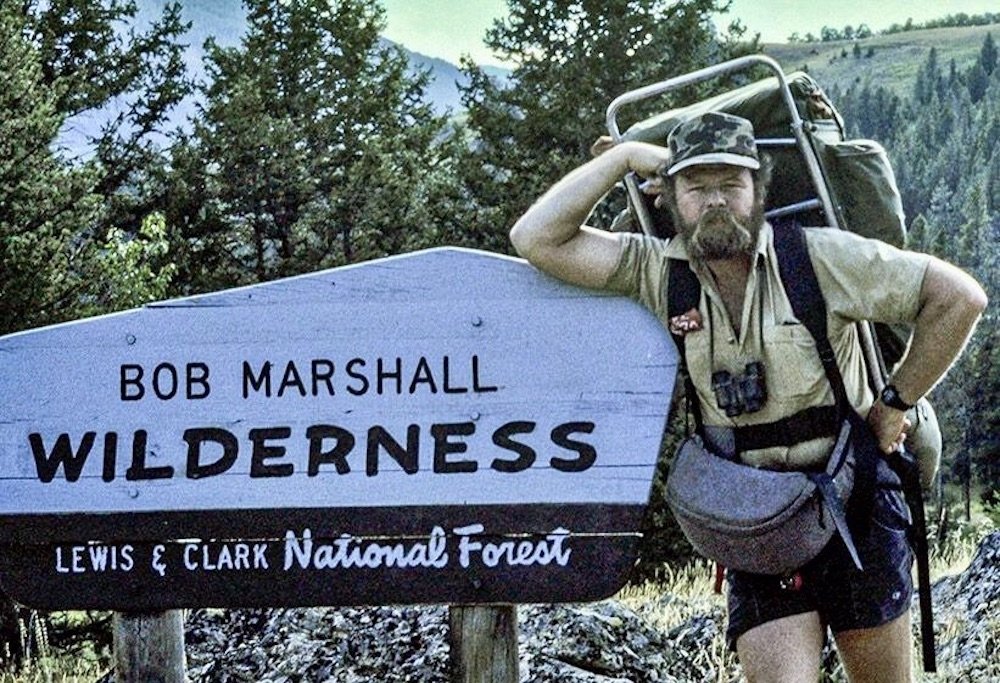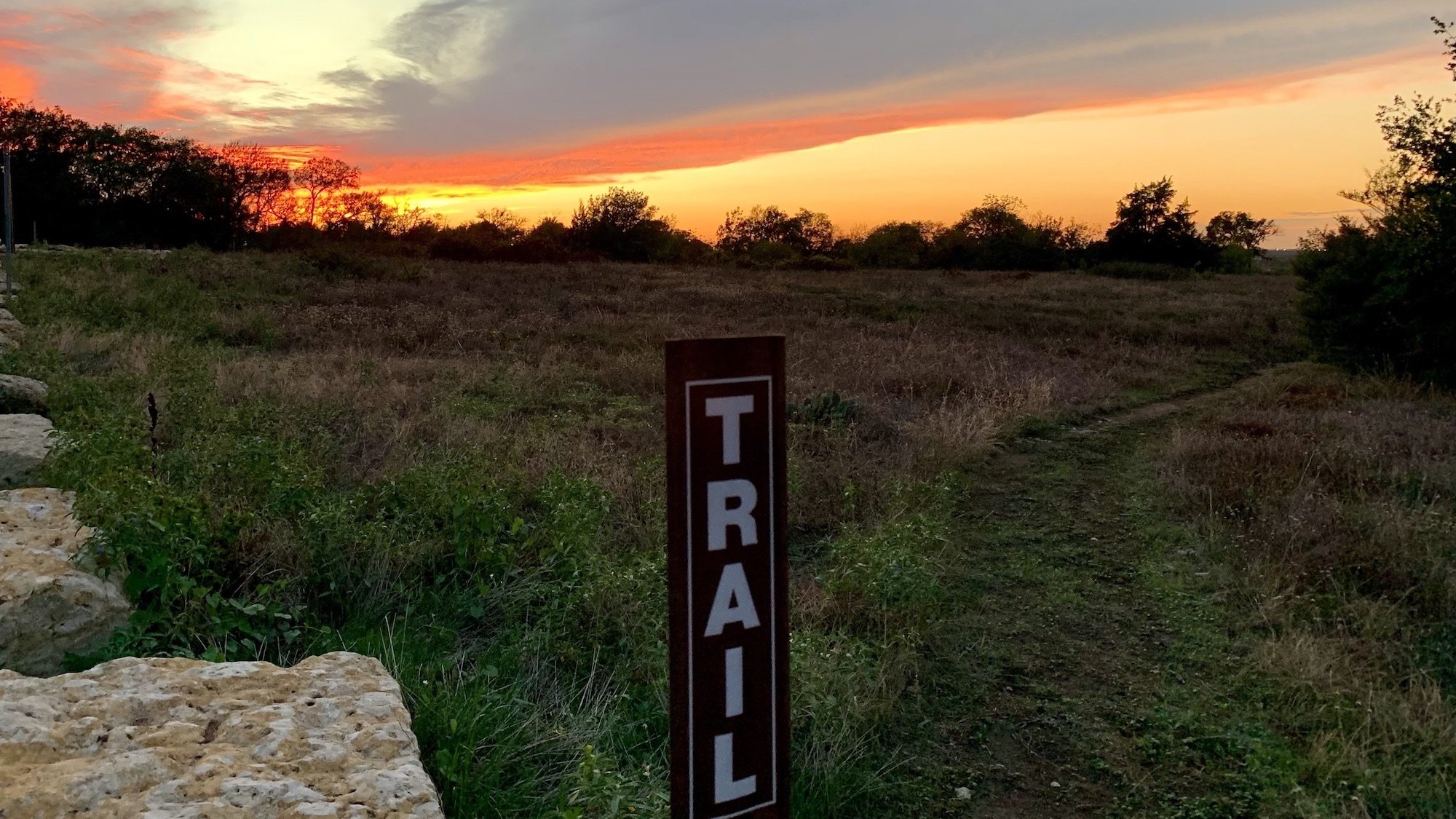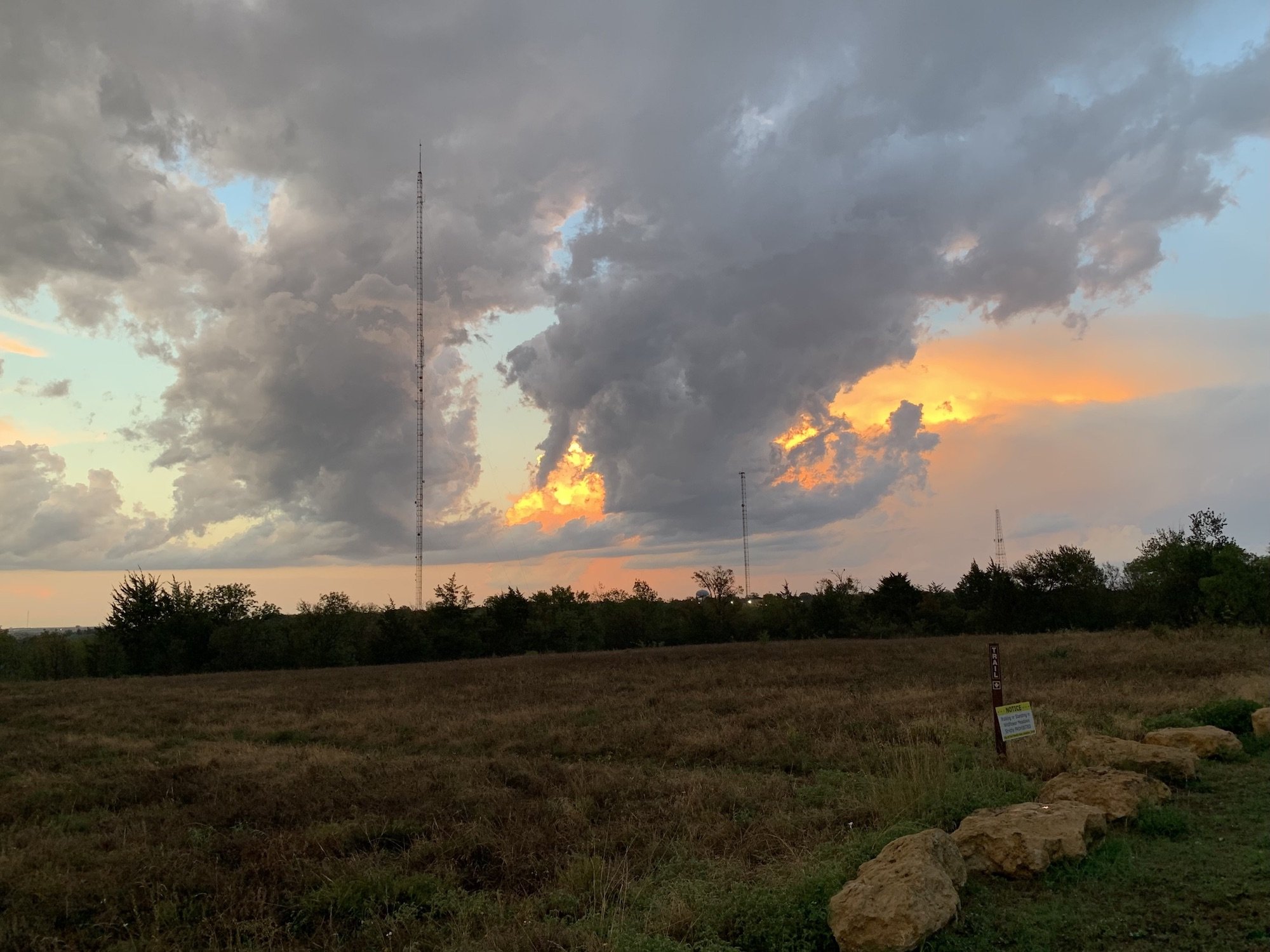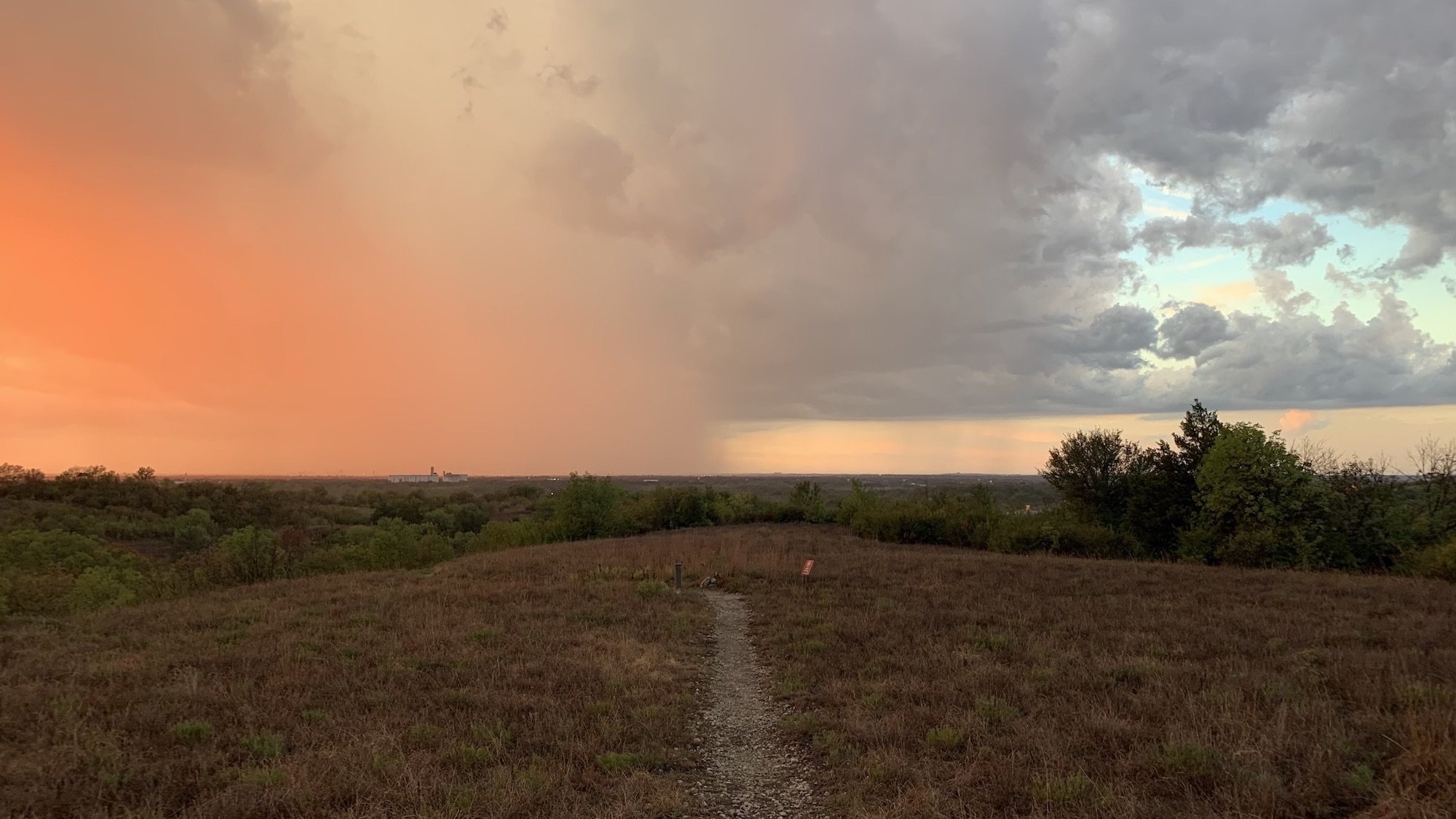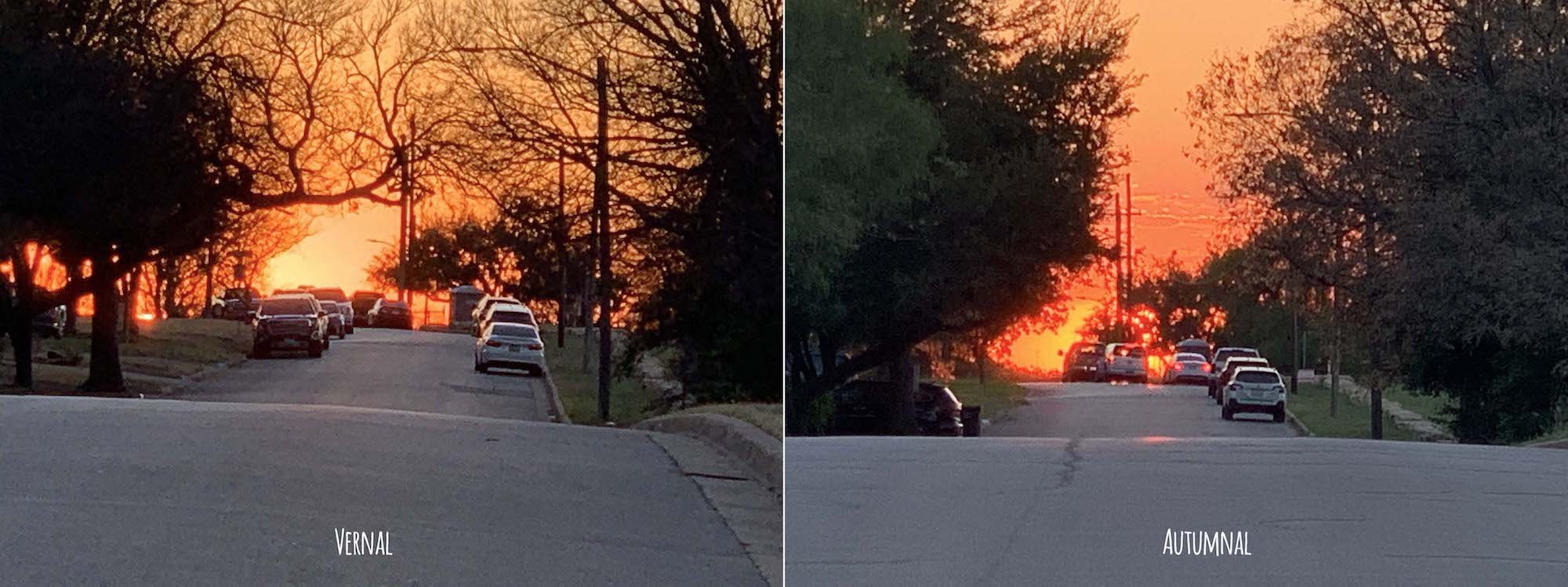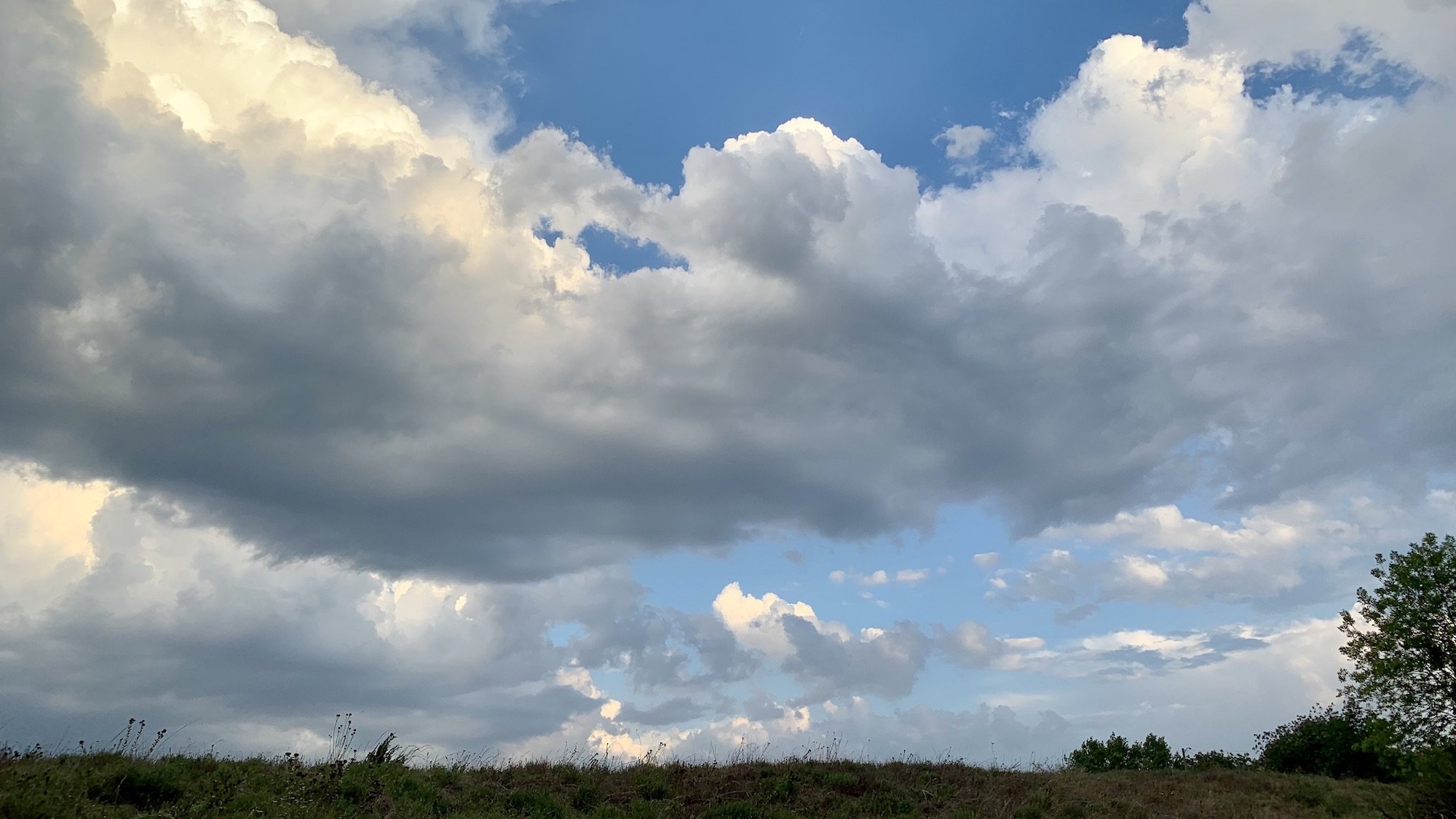Prairie Notes #190 - September Grass
Prairie Notes are monthly photo/journal observations from Tandy Hills Natural Area by Founder/Director, Don Young. They include field reports, flora and fauna sightings, and more, mixed with a scoop of dry humor and a bit of philosophy.
They are available free to all who get on the FOTHNA email list.
September Grass
Prairie Notes #190
October 1, 2022
1) September Grass
2) Field Report - September
3) Spring ‘22 Redux
4) New Species - September
5) Trails & Restoration Report
6) Giving Day Generosity
7) Open Space News
8) PrairieSky / StarParty
9) A Plague of ‘pillars
10) Monarch Festival
11) In Memoriam - Dave Foreman
12) Stormy Weather Sunsets
13) Prairie Proverb - Tom Hennen
1) September Grass
Before the rain events in early and mid-September, I held out little hope that the native grasses would mature this year. The extreme drought conditions and 100 days of no rain had severely restricted their growth. But a little rain makes a big difference on a prairie. The volume of grass is less than usual but the overall views are magnificent.
There are nearly 80 species of grass at Tandy Hills, most of them native. September is their turn on the prairie stage. Besides the Big 4 tall grasses, (Little Bluestem, Big Bluestem, Indian Grass, Switchgrass), there are other, smaller and medium height grasses that also mature in the fall.
It’s a different kind of show than the wildflowers of spring. The fall grasses are more about stems, stalks, blades and seeds than colorful flower petals. Their stems and blades can vary in color from blue, green, copper, red, orange, grey, silver and many shades of green. Even pink, as in the case of Seep Muhly Grass.
When found in large swaths they are very pleasing to the eye and seem to touch many people in a profound and mysterious way. On a good year, some of them can exceed 8’ in height. Their seeds are especially important to wildlife and thick stands of native grasses can make it more difficult for invasive plant species to penetrate.
Here are photos of 12 species you can see right now at Tandy Hills and Broadcast Hill.
2) Field Report - September
With help from a couple of rain events in early September along with shorter days and cooler temps, the normal fall grasses and wildflowers are starting to appear. (This is separate from the late bloomers from #1 above.) I also observed a number of migratory birds and other wildlife since the drought let up a bit. I expect the fall color to pick up dramatically in the next few weeks. Take a look at what’s out there right now.
Dotted Gayfeather (Liatris punctata) with a backdrop of Little Bluestem grass.
False Gaura (Oenothera glaucifolia) (glowing in the setting sun.
Giant Blue Sage (Salvia azurea) in the normal blue color.
Giant Blue Sage (Salvia azurea) in a rare, white variant.
Buckeye butterfly brightening the Texas sky.
Green Antelopehorns Milkweed (Asclepias viridis)
Hackberry Emperor Butterfly
Longleaf Buckwheat (Eriogonum longifolium) is a common fall wildflower.
An unusually tall grouping of, Maximilian Sunflowers (Helianthus maximiliani)
Pasture Heliotrope (Euploca tenella) has tiny flowers that twinkle like stars.
White Four o'Clock (Miarabilis albida), bloom and post-bloom, were surprisingly widespread this year.
Twelve-spotted Skimmer Dragonfly taking a rest after gorging on mosquitoes all day..
September rain filled the only reliable waterhole at Tandy Hills.
Smallflower Gound Cherry (Physalis cinerascens)
I witnessed a humorous encounter between a Cooper’s Hawk and 3 American Crows. See a short video of the encounter, HERE.
Speaking of birds, September brought in a host of migratory birds. Check out what my Merlin Bird app heard on a cool September morning.
Common Sunflower (Helianthus annuus)
Salt Marsh Moth is a striking critter to encounter.
Little Brown Skinks are the smallest reptiles found at Tandy Hills, growing around 5” in length. Unlike some lizards, they are forest dwellers.
I observed this, Green Lynx spider, as it was consuming a bee. Oddly, the spider had several flies in attendance. First time I’ve seen that.
September sunsets, on cool evenings, in the heart of Tandy Hills, are life-enhancing.
3) Spring ‘22 Redux
I’ve heard tale that it’s not nice to fool Mother Nature. But, she sure fooled me in September. Quite a number of spring-blooming plants made their debut in September. According to iNat and my personal records going back 20 years, this is very uncommon. Here are a few late bloomers that partied in September like it was July.
Trailing Rhatany (Krameria lanceolata)
Two-leaved Senna (Senna roemeriana)
Antelopehorn Milkweed (Asclepias asperula)
Yellow Puff (Neptunia lutea)
Inland Ceanothus, aka, New Jersey Tea (Ceanothus herbaceus)
Reverchon's False Pennyroyal (Hedeoma reverchonii)
Stiff Greenthread (Thelesperma filifolium)
Fourvalve Mimosa (Mimosa quadrivalvis)
4) New Species - September
The new Species count made a big leap in September from 1718 to 1751. That’s 33 new species! Sam Kieschnick had good results in two September visits, one in the afternoon and one after dark. New species include, ants, beetles, gnats, flies, wasps, moths, plants and fungi. See four of the more photogenic new species below. See them all at the Tandy Hills iNat Project Page HERE.
Maize Calligrapher Hoverfly (Toxomerus politus) is an exquisite creature. Photo by Sam Kieschnick
Kermes Scale Moth (Euclemensia bassettella) is the bomb. Photo by Sam Kieschnick
Oyster mushroom (Complex Pleurotus ostreatus) These monster mushrooms are reportedly quite edible. Photo by Don Young
Ragweed Flower Moth (Schinia rivulosa) looks like a Persian carpet with legs. Photo by Sam Kieschnick
5) Trails & Restoration Report
The trails project is nearing completion with two new reroutes done in September. The most dramatic change is the reroute on the far north end where the Main (Hawk) Trail takes a sharp turn east. The old, heavily eroded trail familiar to New Years Day hikers that went straight down towards Tandy Falls, has been permanently closed. In its place is one of the most scenic hikes in the park. Three switchbacks wind you down the hill through densely forested land previously untouched by human footprints, eventually leading to the Falls.
Another new reroute is on the west side near the trailhead where a few large boulders are located for photo shoots. This trail which will also replace old, eroded trails, is still under construction but worth checking out.
We also hired a two-man crew in September to do some privet and invasive, KR Bluestem removal in remote locations. The view afterwards is striking and refreshing.
These two hard-working gentlemen did two long days of habitat restoration in September.
This area is just north of the Outdoor Classroom benches next to a new trail. The view is much better now.
6) Giving Day Generosity
2022 was our 9th year to participate in North Texas Giving Day and the 3rd best year in funds raised. We are grateful to all 45 of you who helped out including, 5 named, Anonymous. We will honor your support by putting every dollar of your donations to good use.
7) Open Space News
A team from the City of Fort Worth’s, Open Space Conservation Program, visited Tandy Hills and Broadcast Hill on September 23rd. They recorded a video interview at Tandy Hills with Don Young that may lead to a game-changer for the natural area. That’s all I can say right now but, if it happens, it can lead to significant improvements to Tandy-Broadcast Hills. Fingers crossed.
L-R: Aya Nomura, Michelle Villafranca and Brandi Kelp with the City of FW were joined by, Don & Debora Young (Debora took photos) and Kate Morgan, President of Native Prairies Association of Texas-Fort Worth, who was also interviewed.
8) Prairie-Sky / Star-Party News
Stormy weather and clouds disrupted the September party. For October 1, the sky should be clear and the temp much nicer. Here is John McCrea of the FW Astronomical Society with his commentary on the October Sky:
“For our October 1st FWAS/Tandy Hills star party, we will have some new fall constellations and a preview of some winter one’s as the constellations continue their westward journey. The center of our galaxy can be found in the constellation, Sagittarius (the Archer). Some of the more familiar summer constellations remaining are Scorpius (the Scorpion), Lyra (the Lyre) and Cygnus (the Swan). Among the new fall constellations visible will be, Cassiopeia (Queen of Ethiopia), Pegasus (the Winged Horse), Andromeda (daughter of Cassiopeia and Cepheus), Perseus (Rescuer of Andromeda) and Pisces (the Fish). The summer triangle (Vega (25 LY), Deneb (1,411 LY), and Altair (17 LY)) will still be visible. Our circumpolar friend Ursa Major (the Great Bear) will be low over the northern horizon.
The sun will set about 7:13 PM on October 1st. The moon will be one day short of first quarter in Sagittarius. The “Lord of the Rings” of our solar system, Saturn (♄), about 854 million miles away, will be in Capricorn (the Sea Goat), and will be up all evening, as will Jupiter (♃), about 368 million miles away, in the constellation Pisces. Neptune (Ψ), at 2.8 billion miles away will be between Pisces and Aquarius.”
9) A Plague of ‘pillars
2022 has been the craziest year I’ve ever observed at Tandy Hills. In August, we had Drought, Flood and Fire. The only thing missing was, PLAGUE. September took care of that. Sugar Hackberry trees were defoliated by an army of little green worms (probably, Red-splashed Leafroller Moth larvae (Sciota rubrisparsella). It’s a messy situation with sticky webs and squishy worms in our hair and everywhere but, it has an upside: Food, in the form of millions of caterpillars helps the native and migratory birds and other wildlife. Plus, all that worm poop will help nourish the trees that experts say will survive. It’s very hard to kill a Hackberry tree.
Read an in-depth report on this slimy topic by, Julie Thibodeaux, at DFW GreenSource HERE.
Millions of these 1”, Red-splashed Leafroller (Sciota rubrisparsella) caterpillars, soon to be moths, are ubiquitous in Fort Worth.
The likely culprit: Red-splashed Leafroller Moth (Sciota rubrisparsella)
10) Monarch Festival
And now a word about a much more pleasant critter: A festival celebrating all things Monarch Butterfly takes place, Saturday, October 8, at FW Botanic Garden. The Monarch Festival is an outgrowth of the City’s support for the national, Mayor’s Monarch Pledge, that encourages mayors across the country to support pollinator-friendly practices in their cities and towns. Former Fort Worth Mayor, Betty Price, famously signed on in 2016 during the Tandy Hills Bioblitz.
Several local organizations are co-sponsoring the event including, our friends at Native Plant Society of Texas and Native Prairies Association of Texas all of whom will have booths at the fest. There will also be a plant sale at the event. It’s free and open to the public. Learn more HERE.
11) In Memoriam - Dave Foreman
Dave Foreman, one of the champions of the modern environmental movement has died at age 75. Foreman co-founded Earth First and founded the Rewilding Institute. “He was deadly serious about the essential importance of wilderness and wildlife to the planet, and to human society, and calling on people to defend them as the highest calling in life.” Foreman was greatly influenced by the author, Edward Abbey and especially Abbey’s classic eco-novel, The Monkey Wrench Gang. His in-your-face-no-compromise style was not for everyone but he stood tall as a fierce defender of the natural world. Read a full obit on AP News HERE. And a link to the New York Times obit HERE.
12) Stormy Weather Sunsets
As everyone knows, the showiest sunsets come just before and after rain events. We had a few of those scattered across the month of September. Let’s hope October will bring even more.
9.02.2022
9.05.2022
9.05.2022
9.20.2022
The two 2022 equinoxes taken from same vantage point across from Tandy Hills.
9.25.2022
13) Prairie Proverb - Tom Hennen
“Autumn’s Door”
I have been following the seasons around and this
one, autumn, is here again, new, turning the sumac
red. The clouds are heavy autumn clouds that hang
low and scud across the horizon, dragging their
dark, ragged edges over the brightly lit grain
stubble. Sometimes it’s as though a door has
opened into the landscape so that we can see clearly
each leaf, the sharp outline of each prairie grass,
and know for an instant just why we are here on
this earth that is so loaded down with beauty it is
about to tip over.”
Prairie Notes© is the official newsletter of Friends of Tandy Hills Natural Area, a 501 (c)(3) non-profit organization. All content by Don Young except where otherwise noted.





